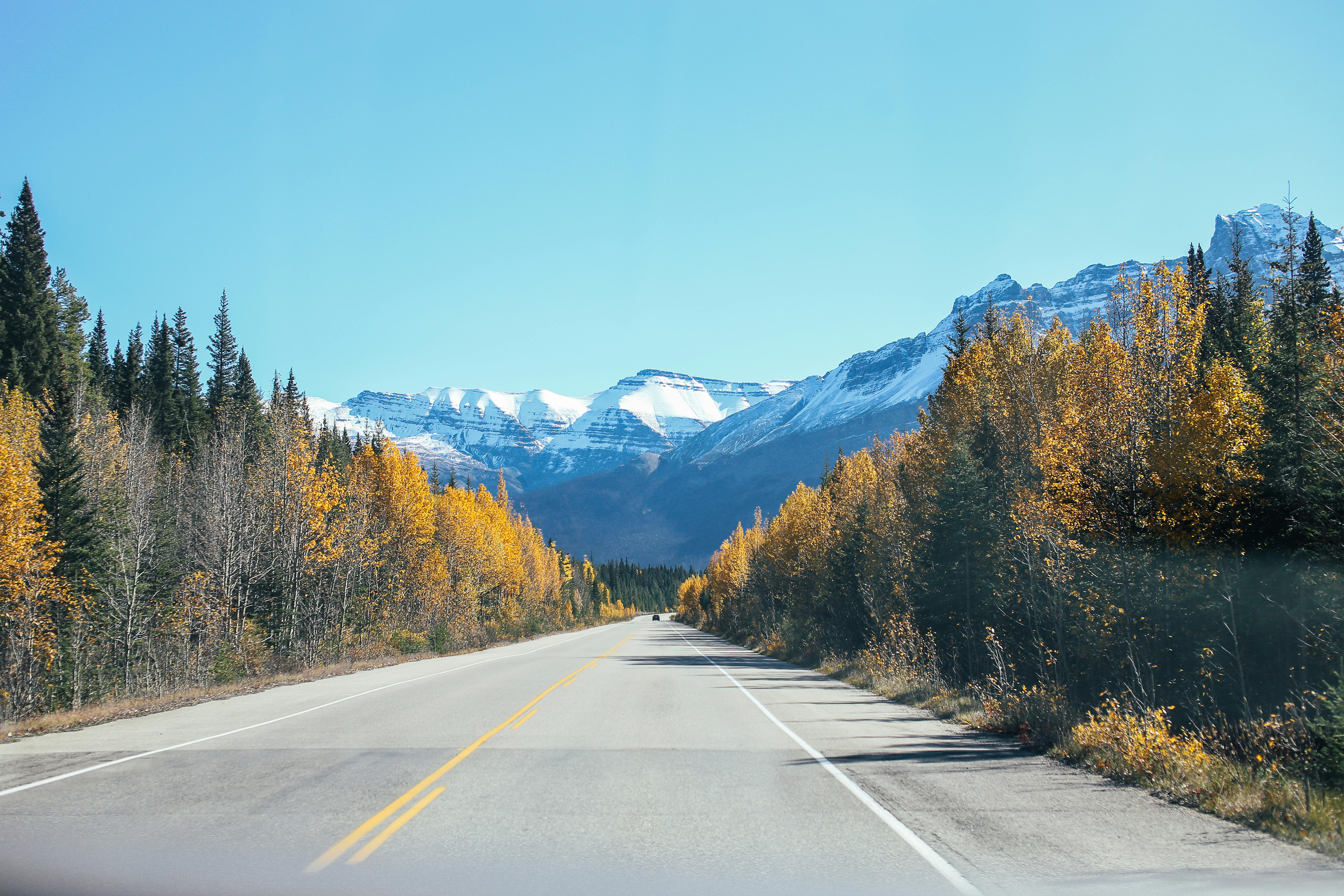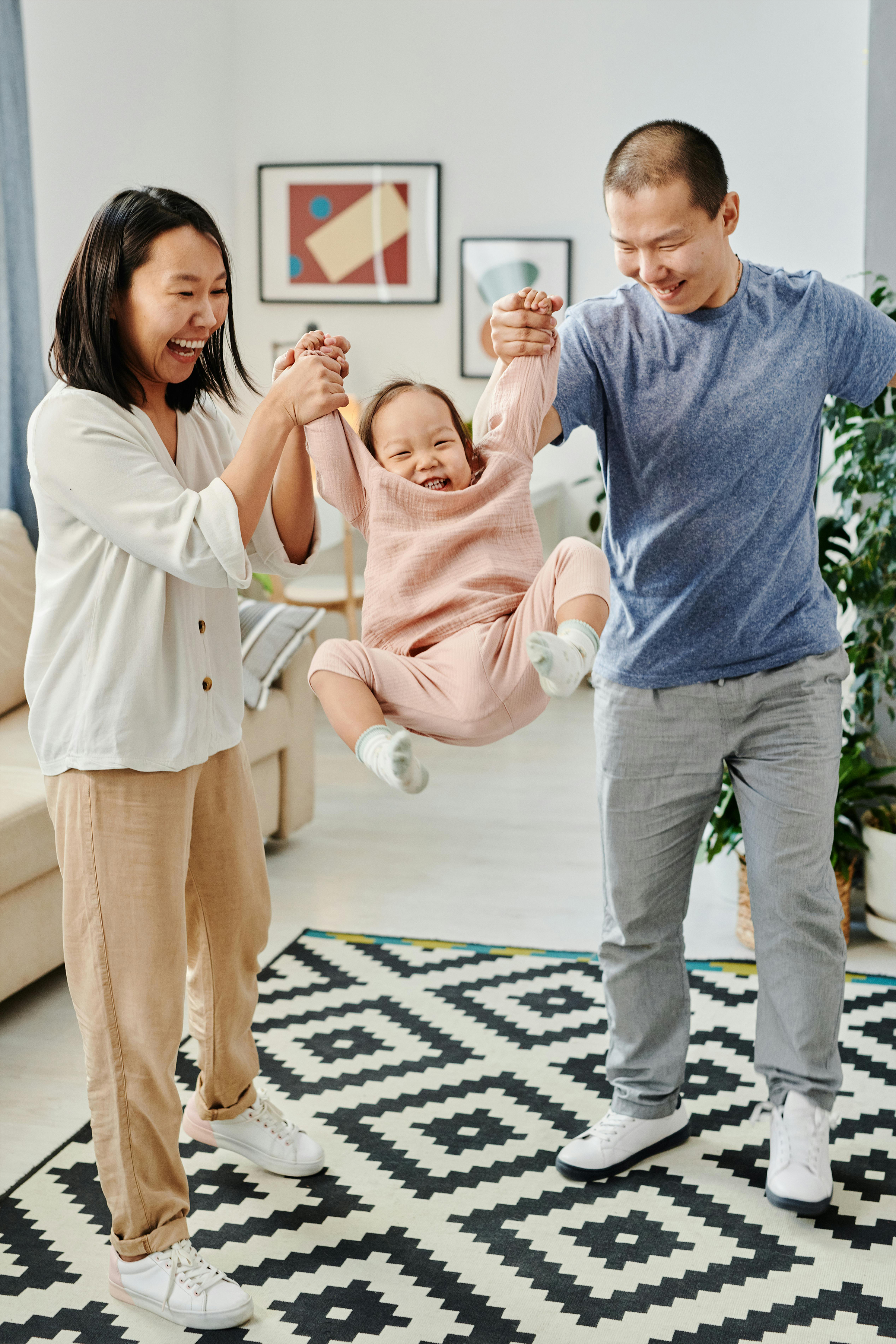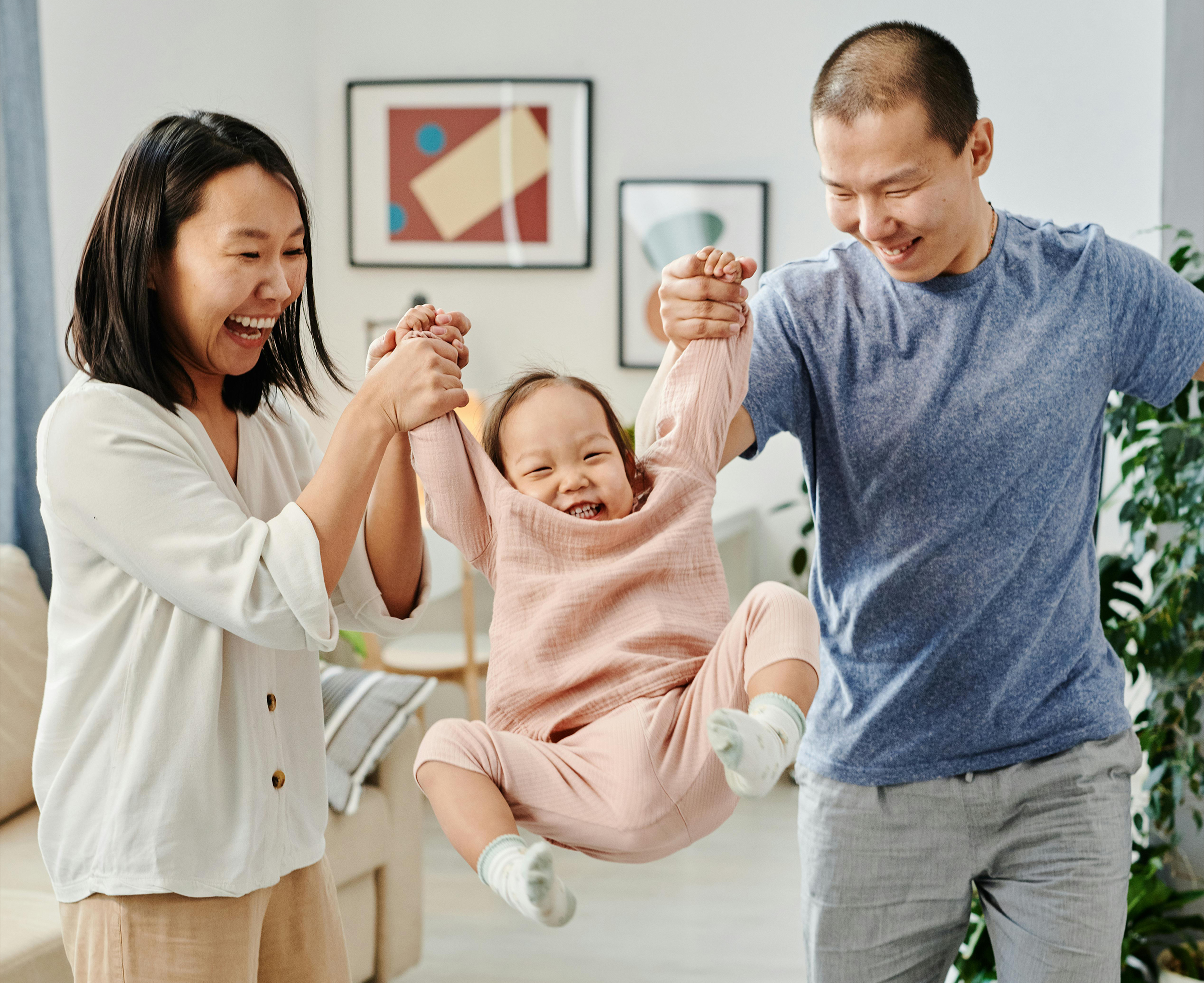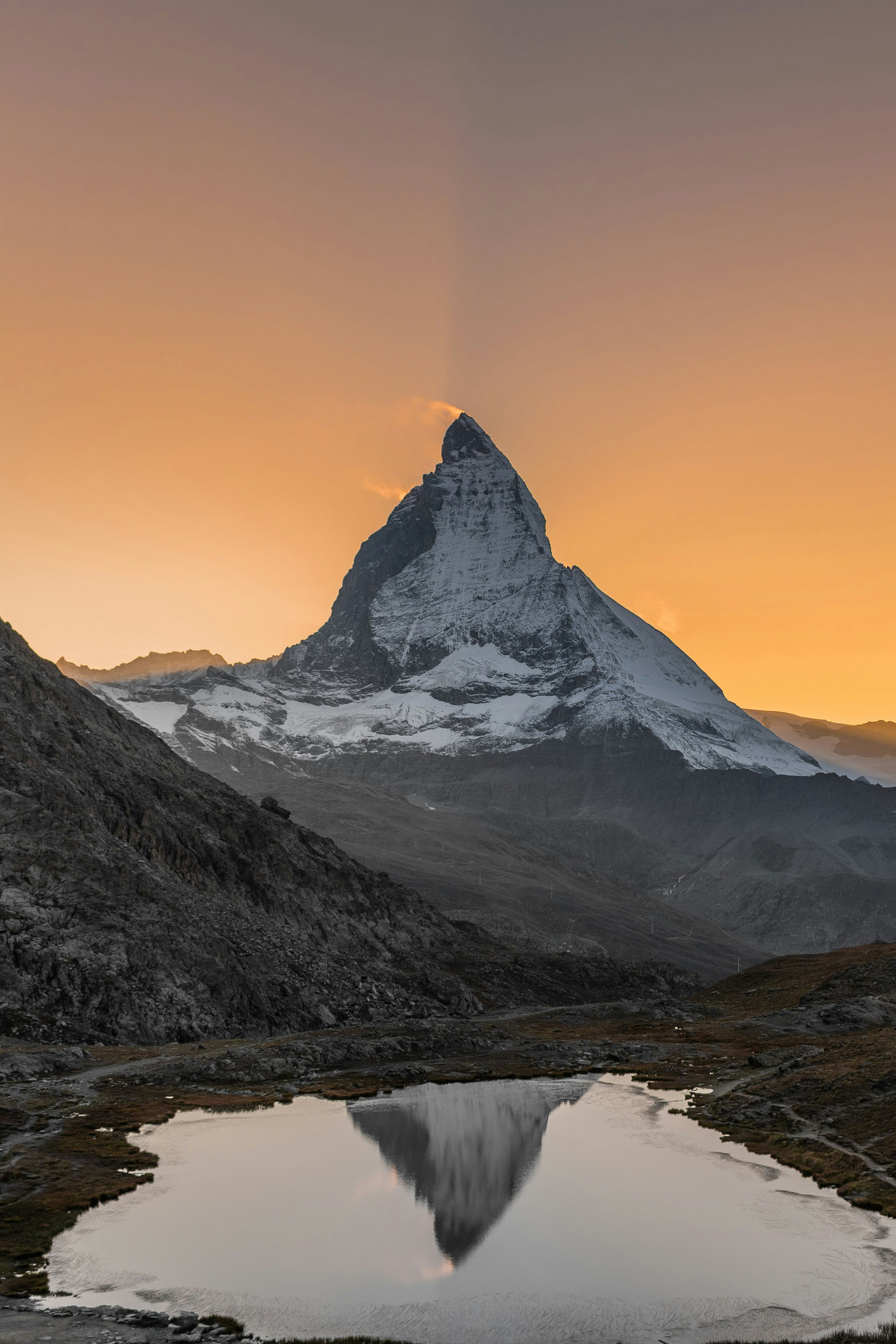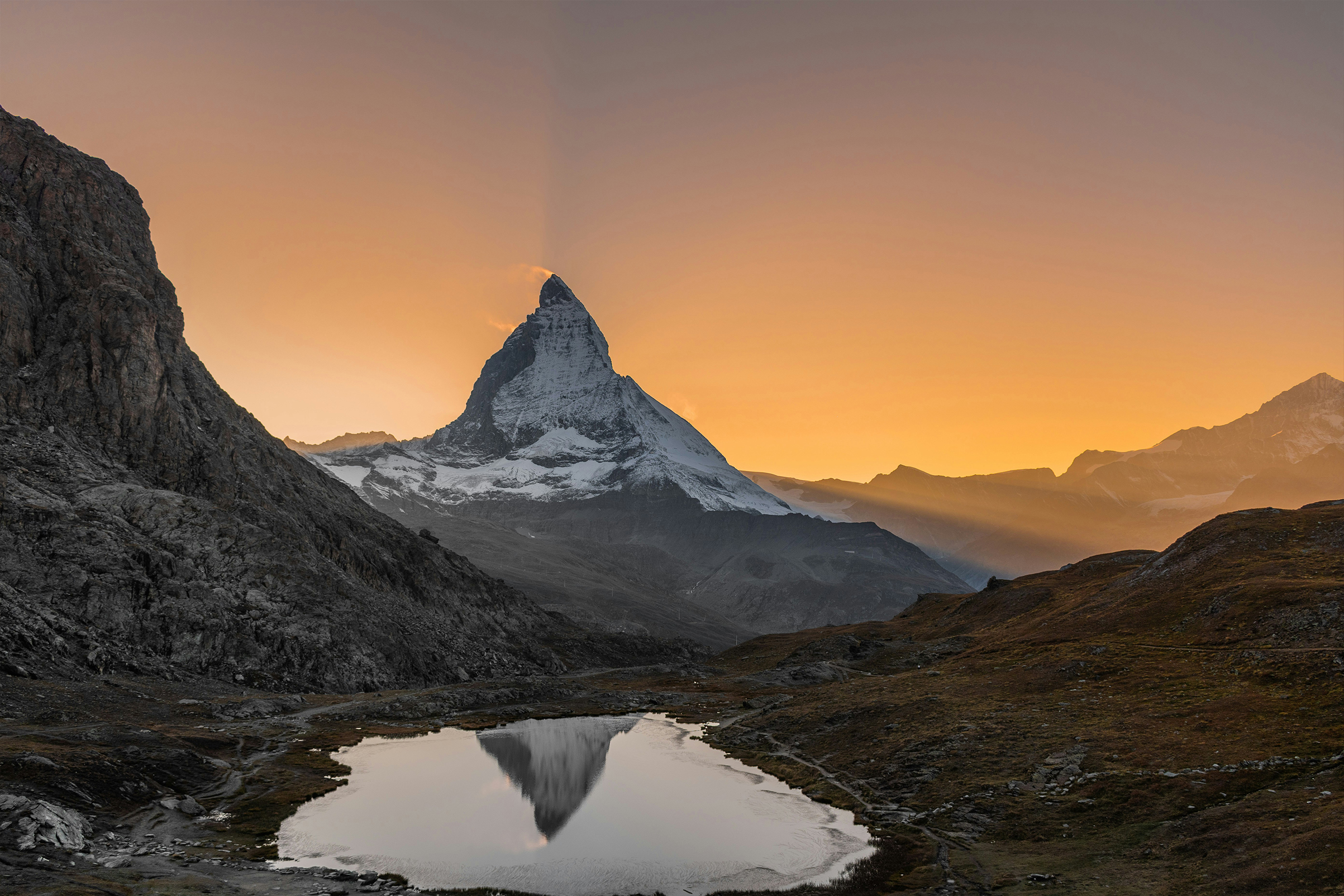

Portrait vs. Landscape orientation photos - when to use each?
By Amy Wright | Feb 29, 2024
When printing pictures for home decoration, business decor, or anywhere in between, one of the first decisions you must make is whether you prefer portrait or landscape orientation.
If you didn’t already know, portrait orientation refers to the image positioned vertically (shorter on the top and bottom and longer on the sides), and landscape orientation refers to the image positioned horizontally (longer on the top and bottom and shorter on the sides).
The orientation of your photo, whether printed on canvas or metal, can significantly impact the story it tells and its overall visual appeal.
Do you need help deciding between portrait vs. landscape orientation photos? If so, this guide is for you. Below, you’ll learn some of the most important factors to consider when making your choice.
Portrait orientation
Portrait orientation is typically used when someone wants to capture subjects like people or objects, portraying them in vertical alignment to emphasize their height.
You can also use portrait orientation to emphasize a specific part of a subject -- for example, you might zoom in to capture a person from the shoulders up to focus on their face.
Typically, subjects that have strong vertical orientations, such as people, tall buildings, or waterfalls, look best when captured in portrait orientation.
How to compose a shot in portrait rrientation
If you want to capture a photo in portrait orientation and get high-quality canvas prints or metal prints to display in your home or business, these tips can help:
Create a shallow depth of field One of the best ways to keep the focus on the subject of the photo is to create a shallow depth of field and shoot with a large aperture. Just make sure your subject doesn’t stand too close to background objects when taking the photo -- otherwise, your camera will try to focus on two things at once!
Add texture When creating art as a statement piece, remember the benefits of adding texture to your photos -- especially when you’re taking portrait shots.
Many photographers like to blur the background when taking portrait photos, and there’s nothing wrong with that. However, showcasing different textures, such as a brick or stone wall, also looks great.
Fill the frame If you want to eliminate distractions, zoom in and fill the frame with your photography subject. Capturing a close-up shot of a person’s eyes or smile is a fun way to shake up a traditional portrait and make it more intriguing.
Experiment with angles You don’t always have to shoot your subject head-on. Sometimes, it’s fun to mix things up and shoot from above or below. You’ll be amazed at how changing the angle, even a tiny amount, can greatly impact the overall photo.
Landscape orientation
Landscape orientation is often used to capture broad scenes -- such as landscapes or cityscapes. It also allows for greater depth and scale and helps you capture many different elements in one scene.
Landscape orientation is often used to capture non-human subjects. However, that doesn’t mean you can never photograph a person while turning your camera horizontally!
You might take a photo of someone using landscape orientation because you want to capture the primary subject, the person, while also capturing the beautiful mountains or striking city buildings behind them. You can also use landscape to take a photo of many people (such as family photos).
How to compose a shot in landscape orientation
No matter what subject you want to capture, these tips can help you compose a shot in landscape orientation effectively:
Use the golden rectangle In photography, the golden rectangle refers to composing an image using the proportions of the “golden ratio,” -- the ratio of the longer side to the shorter side is approximately 1.618.
Photographers often use the golden rectangle as a guide for framing their shots. By placing essential elements along the lines or at the intersections of the golden rectangle, you can create a visually appealing and balanced photo.
Use leading lines Leading lines are human-made or natural lines that lead a viewer’s eyes to the subject of a photograph. For example, in the photo below, the road creates two natural lines that draw your eye to the mountain.
Capture an odd number of subjects It’s not clear why, but photos featuring odd numbers of subjects tend to be more visually appealing than those with even numbers. When capturing landscape photos, whether you’re taking a big family photo or shooting a group of trees, try to capture an odd number (with family photos, you could group an even number of people into an odd number of clusters to get a similar effect).
Use negative space Negative space is the empty space surrounding a subject or subjects. With landscape-oriented photos, you can use negative space to draw attention to a specific subject or subjects (you can do this with portrait photography, too, but there tends to be more negative space to work with in landscape photos).
Landscape vs. Portrait in real life
You can change the orientation of a photo by cropping it. When you change the orientation, you’ll be shocked at how different the finished product can look. Check out the examples below to see for yourself:
Example 1:
A. Portrait
B. Landscape
Breakdown The first image, because it’s in portrait orientation, does a great job of showing the whole family and adds depth with the colors/patterns shown.
When you crop the image down so it has a landscape orientation, it changes the subject to be on the adorable little girl with her family surrounding her.
Example 2:
A. Portrait
B. Landscape
Breakdown As you can see, the landscape version of this photo showcases the vastness of the scenery and emphasizes the beauty of the center mountain and the surrounding ones. The portrait version, on the other hand, places a greater emphasis on the center mountain and its reflection in the water. Both are beautiful pictures, but they draw the eye in different ways.
How to display portrait and landscape photos
Both portrait and landscape images can be used as eye-catching wall decor and home decoration. If you need some interior design help, follow these guidelines on how to display both portrait and landscape photos as decorative elements throughout your home or business:
Showcase your whole family with a landscape photo
Landscape-oriented photos work well for family photos, as they allow you to capture a large group of people in one image. If you want to incorporate family pictures into your interior design plan, consider using a landscape orientation.
Display portraits of individual family members or pets
While landscape photos work well for big groups, when showcasing individual family members or couples, consider using portrait orientation. Portrait orientation can be more intimate and personal, which works well when you’re capturing just one or two people.
Need quick decorating ideas? Display a group of portrait-oriented photos around a big landscape photo of the whole family.
Highlight favorite vacation destinations with landscape photos
Do you have an extensive collection of landscape photos of your favorite vacation destinations? If so, create some personalized art and print some of these photos on canvas or frame them to display on your walls.
Capture flowers and trees with portrait shots
If you want to create customized artwork for your home or business and have lots of pictures of flowers or trees, consider printing individual portrait shots and putting them on display. That’s a great way to zoom in and highlight one specific element.
Mix and match with a gallery wall
If you need some more design inspiration, consider mixing and matching your portrait and landscape shots with a big gallery wall. Gallery walls are a great way to showcase a variety of images and draw attention to one spot in your home or business.
Don’t be afraid to think outside the box
It’s great to keep up with the latest interior decor trends but don’t let them dictate every decision you make. It’s okay to break the rules -- in fact, we encourage it! If you like the way something looks, go for it, even if it doesn’t technically fit inside the box.
Try both!
Choosing the right orientation for your custom wall art can have a significant impact on the story you tell and the mood you create with your photos. It’s not always easy to decide between portrait and landscape orientation -- especially when you’re also trying to keep up with the latest wall art trends.
The tips and guidelines shared here can help you decide what kind of unique wall art will work best in your home, business, etc. Keep them in mind and remember that, at the end of the day, your preferences matter the most (even if that means you’re breaking the “rules” along the way).
Whether you want to print landscape or portrait metal artwork, canvas prints, or framed photos, CanvasPop is here to help. Check out our products for personalized living spaces today!
